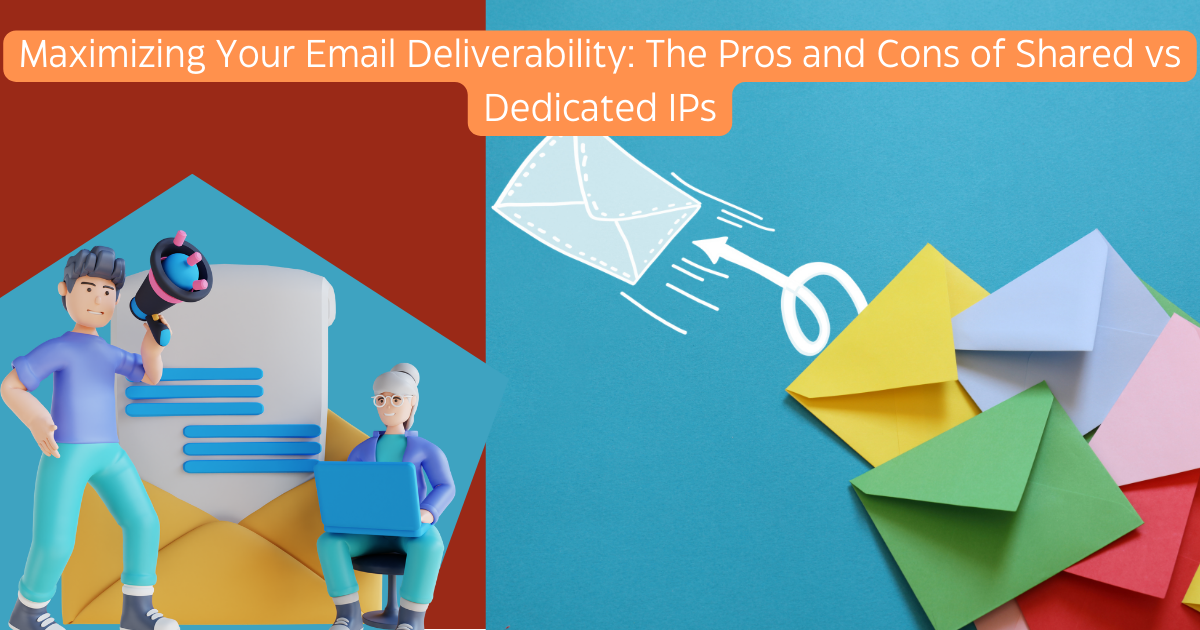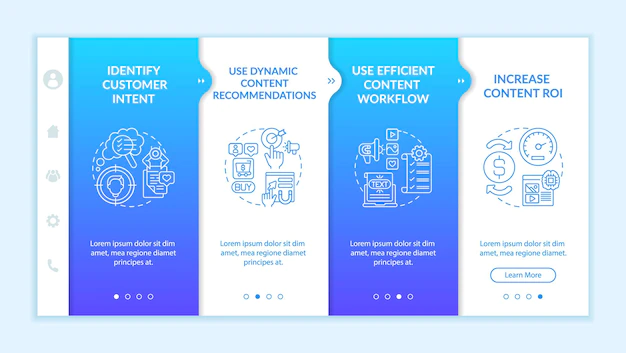Today, everyone has a smartphone and access to the internet. This means that you can market to potential customers in ways that were previously limited to companies with high advertising budgets. Email marketing is one of the most affordable ways to reach out and touch your target audience at minimal cost. To build brand awareness and trust, you need to include your target audience in your brand experiences. Email marketing is great for doing this because it allows users to feel like they’re receiving messages from friends or family members who live nearby. It also gives them a sense of familiarity, which in turn increases trust. Let’s explore how you can use email marketing as a trusted method for building brand awareness and trust, and creating a stronger company culture along the way:
Create a welcoming brand culture from the beginning
To begin building brand awareness, you need to establish a sense of trust with your target audience. This can be done by creating a welcoming, open-door brand culture from the beginning. It doesn’t matter if employees have been with your company for just a day or a decade—they need to feel welcome and accepted from the get-go. This is crucial because it sets the tone for how people will receive all future communication from their company. You also need to communicate with your employees in a way that reinforces their role in your company’s success. They don’t necessarily need to know how their efforts impact the bottom line, but they need to feel appreciated and valued. These two steps are critical because they lay the foundation for how your brand will be perceived by your customers. When potential customers feel welcome, they’ll be more likely to trust your company with their information.
Be consistent with your communication style
For your brand to build trust, you need to be consistent with your communication style. The last thing you want is a ton of mixed signals. For example, you may send one email to your employees that’s friendly and casual, while another email is more formal and business-oriented. This inconsistency will only confuse your staff and make it more challenging for them to know how to respond to you. Instead, you want to consistently use a friendly tone and overall communication style that reflects the way you would speak to friends or family members. This will help people feel comfortable opening and responding to your emails because they feel like they’re talking to long-time colleagues or friends. Your overall friendly tone, however, shouldn’t be so warm and fuzzy that you come across as too welcoming, or you’ll lose the professional touch that’s required to function as a business. You want to strike the right balance, so your emails have a friendly tone while still maintaining a professional, authoritative air.
Include videos and graphics in your emails
To keep your brand consistent, you can include videos and graphics in your emails. When you integrate visuals like infographics, images, and videos, you humanize your brand even more. You can use visual content to tell stories, demonstrate products or services, and highlight your company culture in a way that words alone can’t. For example, you can show employees how the company’s culture and values inspire them and affect their lives positively. If you have an open-door policy at your company, you can show how one of your employees reached out to an influencer to offer assistance. Visual content like this can also help you humanize your brand and strengthen your brand’s reputation.
Don’t spam your audience
If you’re creating an email campaign solely to promote your products or services, you’re engaging in spam and are likely to significantly damage your brand’s reputation. While you want to generate brand awareness and create excitement among your target audience with your email marketing, you don’t want to spam them either. Spam is defined as “non-commercial electronic messages sent indiscriminately to large groups of people.” To avoid spamming your audience, you need to create email campaigns that are primarily about building brand awareness, sharing company culture, and humanizing your brand. Use email marketing as a communication channel to share information about your company’s events and activities, or to ask your employees questions about their day-to-day lives. You can also use email marketing to communicate with your target audience about their engagement and satisfaction with your products or services.
Use email marketing as a customer service channel
When customers have a problem or a question, they’re likely to reach out to their company via email. This is especially true for companies that offer products or services with a high degree of intangible value, like top-notch software or healthcare services. And, when these types of businesses focus on creating a great brand experience from the beginning, they can make email marketing a core channel for providing customer support. Customers can expect consistency with your communication style, responses that humanize your brand, and information that’s helpful and relevant. By making email marketing a core channel for handling customer service requests, you’ll build trust with your target audience. This can also help you justify the cost of hiring additional staff members to handle your customer service requests.
Conclusion
Email marketing can be a useful tool for companies looking to spread their brand and build brand awareness among their target audience. However, it’s important not to spam your audience and to keep consistent communication styles and humanizing your brand. By doing this, you can use email marketing as a trusted method for building brand awareness and trust, and creating a stronger company culture along the way.










